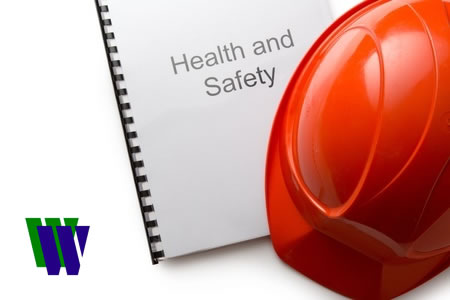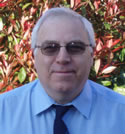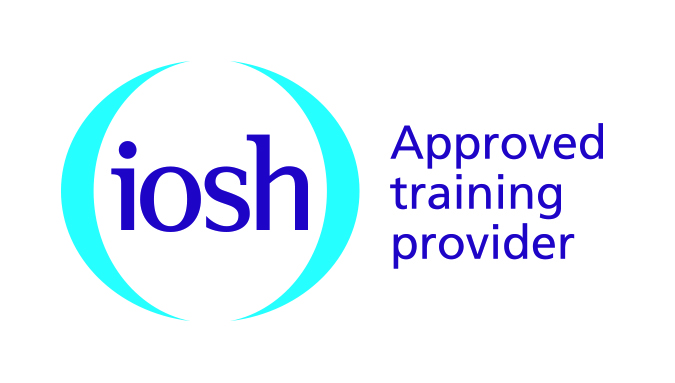Woodward Alumni Newsletter – Autumn / Winter 2018
Alumni Newsletter
We have now published the Autumn / Winter 2018 edition of “SafetyNet”, our Woodward Alumni Newsletter.
The newsletter can be downloaded here or by copying the following link into your web-browser:
https://www.woodward-group.co.uk/wp-content/uploads/2018/12/12.2-Alumni-Newsletter-Autumn-2018.pdf
We hope it will be of interest to you.
Office Move
Please be aware that on Monday 10th December 2018 we moved our HQ from Esk Suite in Carlisle to ENERGUS in Workington.
Our new address is ENERGUS, Blackwood Road, Lillyhall Industrial Estate, Workington, CA14 4JW.
Our new telephone number is (01900) 609175.
Merry Christmas !
May we wish you and your family a very Happy Christmas and you much prosperity and success in the New Year.
Please note we are closed for the Christmas Holiday period, opening again on Wednesday 2nd January 2019.
Safety is more than Statistics !
Safety is more than statistics – never forget the impact a single incident can have on a person, their families and loved ones.
IOSH Course Range Update
Everyone has heard of the IOSH Working Safely and IOSH Managing Safely courses, but have you heard about the other excellent IOSH courses that have been launched recently?
There are new IOSH courses available which cover Health and Wellbeing, Fire Safety and even Environmental issues !
- IOSH Working Safely (1 day)
- A short course that explains why everyone must “work safely”.
- IOSH Health and Safety for Supervisors (2 days)
- A flexible course on health and safety issues for supervisors and team leaders.
- IOSH Managing Safely (3 or 4 days)
- A flexible course on health and safety issues for responsible managers.
- IOSH Managing Safely Refresher (1 day)
- A one day course to boost existing health and safety learning.
- IOSH Managing Occupational Health and Wellbeing (1 day)
- A short course which takes a fresh approach to health training.
- IOSH Fire Safety Awareness (½ day)
- A short course raising awareness of fire safety for the whole team.
- IOSH Fire Safety For Managers (1 day)
- A one day course demonstrating effective leadership in a fire emergency.
- IOSH Environment for Business (1 day)
- A one day course proving sustainable practice can transform your business.
- IOSH Leading Safely (1 day plus pre-reading)
- A short course for senior managers on the value of health and safety.
We can deliver these course in-house for you – or – you might be able to deliver them yourself as a Woodward Associate Trainer !
More information on our Woodward Associate Trainer Scheme can be found here: https://www.woodward-group.co.uk/associate-trainer-scheme
If you would like any further information please don’t hesitate to get in touch.
Woodward SHE Ltd
Tel: (01228) 592614
Fax: (01228) 593769
E-mail: info@woodwardgroup.co.uk
Website: www.woodwardgroup.co.uk
Tips for Success: Preparing for a NEBOSH Exam
Tips for Success: Preparing for a NEBOSH Exam

David Towlson, NEBOSH Head of Qualifications and Assessment, shares his top tips for NEBOSH exams
Here at NEBOSH, we use several different types of exams, as well as work-based assignments, as part of our qualification assessments. In this article I aim to give you some guidance for tackling written, short-answer exams.
Getting to grips with exams is just as much about mind-set as about the topics you’re being tested on. One good thing about the Will Smith film “After Earth” was the pep talk about the difference between danger and fear. To summarise, danger is real but fear is the story you tell yourself that can paralyse you from taking action or push you into the wrong course of action. So try to focus on the real challenges of an exam, rather than the fear of getting it wrong.
Exam success is not random. There will inevitably be people that pass, and people that don’t (for all sorts of reasons). If you are well prepared, understand the topic and have practiced answering exam questions you are much more likely to succeed.
These are not the exams you’re looking for
Let’s get a few myths out the way to start with. NEBOSH is not trying to catch you out – our examiners are actively looking to award marks.
We don’t:
- Use ‘NEBOSH speak’ – instead we use health and safety language and language commonly used in nearly all exams, to help make the questions as clear as we can.
- Have a quota system – instead we take the view that if you reach the pass standard, then you pass, that’s it.
- Mark by just looking for key words.
- Expect you to purely rely on memory – most things people do rely on remembering things to some extent, and that’s a good thing, but ours are not memory tests.
Only human
We do:
- Use humans – well, qualified health and safety people – to create exam questions and mark your answers against a marking scheme.
- Look for understanding and application of concepts and not key words, when marking. This can be expressed in a variety of different, equivalent ways. If your answer amounts to the same point on the marking scheme (though it may not use those exact words), you’ll get the mark – no quibbling.
- Use flexible and realistic marking schemes – the marking scheme is a guide to the range of reasonable points that could answer the question. It has many more points on it than the maximum marks available. For example, an 8 mark question might have 12 or more points on the marking scheme. That’s to take account of the different ways you can arrive at the same answers and get the full 8 marks.
What you can do
This means that you:
- Can use common abbreviations in your answers – like HSWA, HSE, RIDDOR, ILO – our markers will know what you’re talking about.
- Can answer questions in any order. Answering questions in order seems the right thing to do, but start with the one you feel most confident to answer, rather than getting stuck on a question. This’ll give you a sense of confidence. As long as you label your answers with the relevant question number, that’ll do. As far as we’re concerned – the question number order doesn’t mean anything.
- Can use bullet points – these are just formatting (like we’ve used in this guide). So long as your answer is sufficiently detailed on each bullet point and relevant to the question, you’ll be fine.
- Shouldn’t get too worried about command words – they are every day, normal words. Like many words, their exact meaning depends on the context – what is being asked, how many marks available etc. Yes, they have definitions – but you can easily tie yourself up in knots thinking about it. So, it’s better to practice questions that use these words – you’ll get a natural feel for what is required and then you can forget about it and answer the question.
- Shouldn’t get too fixated on any one question – it’s your performance over the whole exam that matters. In answering a question, most people find that they can come up with quite a few points quite quickly and then struggle to come up with a few more. If it’s starting to take too much time/effort then it’s better to move on to the next question.
- Don’t generally need to learn regulation numbers – let’s face it, people aren’t going to rely on you for detailed legal advice. It’s the meaning and interpretation of the law in practice that is more important. With very few exceptions (such as HSWA for UK national candidates) we therefore don’t expect you to learn them either. What we do expect is that you know what it contains and means.
With preparation and practice, our exams are a way for you to demonstrate that knowledge and practical understanding you have of the syllabus and join the hundreds of thousands of people that hold a NEBOSH qualification.
— — — — —
Taken from the NEBOSH website here: https://www.nebosh.org.uk/content.asp?cref=1902&ct=2&
Spring 2018 edition of “SafetyNet” Published
Michael’s Story ~ told by his sister Louise
A health and safety campaigner and guest speaker has released a series of videos calling on employers to make positive changes to mark what should have been the year leading up to her brother’s 40th birthday.
In the videos, Louise Taggart talks about her electrician brother, Michael Adamson, who was electrocuted at work in 2005 and she outlines what employers can do to improve health and safety at work.
Louise has made these short videos publicly available and has asked that, should you wish to use them in your own workplace or training provision, you make a donation to Scottish Hazards to aid their preventative work. Donate here
Louise’s mission
Louise hopes the videos will prompt leaders to reflect on their effectiveness, reinvigorate for line managers and supervisors the role they must play in enabling and driving safe behavioursandl give people the courage to speak up when they see something unsafe.
She has also released the videos to help raise money for the health and safety charity Scottish Hazards and to mark International Workers’ Memorial Day.
“I’m on a mission to ensure that lessons are learned from my wee brother’s death so that others are able to return home safe and sound to their loved ones at the end of each and every working day or night.” Louise Taggart
To find out more about Michael’s Story visit www.michaels-story.net
 There is a wealth of information that can be found here. If you still have questions or you would like to book a course place please
There is a wealth of information that can be found here. If you still have questions or you would like to book a course place please 

